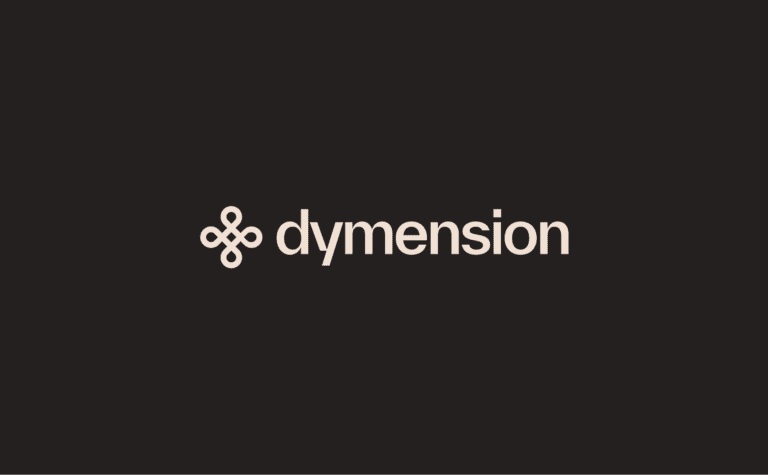Lorem ipsum dolor sit amet, consectetur adipiscing elit. Ut elit tellus, luctus nec ullamcorper mattis, pulvinar dapibus leo.
Lorem ipsum dolor sit amet, consectetur adipiscing elit. Ut elit tellus, luctus nec ullamcorper mattis, pulvinar dapibus leo.
0 (0 Ratings)
Course Curriculum
Module 1: Introduction to MEV
Maximal Extractable Value, or MEV, is a concept that is becoming increasingly important in the world of blockchain technology. It refers to the maximum revenue that a miner, validator, or any other participant in a blockchain network can extract from a block by reordering, including, or censoring transactions.The concept of MEV is rooted in the unique structure of blockchain transactions. When a user initiates a transaction on a blockchain network, it is not immediately added to the blockchain. Instead, it is first placed in a pool of pending transactions, known as the "mempool." Miners or validators then select transactions from this pool to include in the next block.The order in which transactions are included in a block can have significant implications. For example, in a decentralized exchange, the order of transactions can affect the price of a token. This creates an opportunity for miners or validators to manipulate the order of transactions to their advantage, extracting additional value in the process. This is the essence of MEV.However, MEV is not limited to transaction ordering. It also includes other forms of manipulation, such as transaction censorship. For instance, a miner might choose to censor a transaction if they can benefit from it not being included in the blockchain.Understanding MEV is crucial for anyone involved in blockchain technology. It has implications for the security, fairness, and efficiency of blockchain networks. Moreover, as we will explore in later modules, it also raises important ethical considerations.In the next section, we will delve deeper into the importance of MEV in blockchain technology, providing you with a solid foundation for the rest of the course.
Exploring MEV Use Cases
Front-runningFront-running is a prevalent use case of Maximal Extractable Value (MEV) in the blockchain ecosystem. It is a strategy that takes advantage of the transparency and immutability of blockchain transactions. In this section, we will delve into the concept of front-running, its implications, and how it is facilitated by MEV.What is Front-running?In traditional financial markets, front-running is an unethical practice where a broker executes orders on a security for its own account while taking advantage of advance knowledge of pending orders from its customers. In the context of blockchain and cryptocurrency, front- running takes a slightly different form but is based on a similar principle.In blockchain, front-running occurs when someone (usually a miner or a bot) sees a pending transaction in the mempool (a pool of pending transactions) and decides to create a similar transaction with a higher gas price. This is done with the intention of having their transaction confirmed before the original one. This practice is particularly common in Decentralized Finance (DeFi) platforms, where it can be used to gain an unfair advantage in trades, lending, liquidations, and other transactions.How Does MEV Facilitate Front-running?MEV plays a crucial role in enabling front-running in blockchain transactions. Miners, who are responsible for adding new transactions to the blockchain, can choose the order in which transactions are added. They can also decide to include or exclude certain transactions. This power gives miners the opportunity to maximize their profits by prioritizing transactions that offer higher rewards, which often leads to front-running.For example, if a miner sees a profitable arbitrage opportunity in a pending transaction, they can create a similar transaction with a higher gas fee to ensure it gets added to the blockchain first. This way, they can extract the value that would have otherwise gone to the original transaction creator.Implications of Front-runningFront-running has significant implications for the fairness and efficiency of blockchain transactions. It can lead to a loss of potential profits for regular users and can also contribute to network congestion and higher transaction fees, as users try to outbid each other to get their transactions confirmed first.In the next section, we will explore other use cases of MEV, including arbitrage and liquidations, and discuss how they are influenced by front-running and other MEV strategies.
Student Ratings & Reviews

No Review Yet
Hi, Welcome back!
Lorem ipsum dolor sit amet, consectetur adipiscing elit. Ut elit tellus, luctus nec ullamcorper mattis, pulvinar dapibus leo.
If so, sharing our website would be a great way to support us. Every share helps us reach more people and continue providing quality content.
Explore More Learning Opportunities
« Previous
Next »





